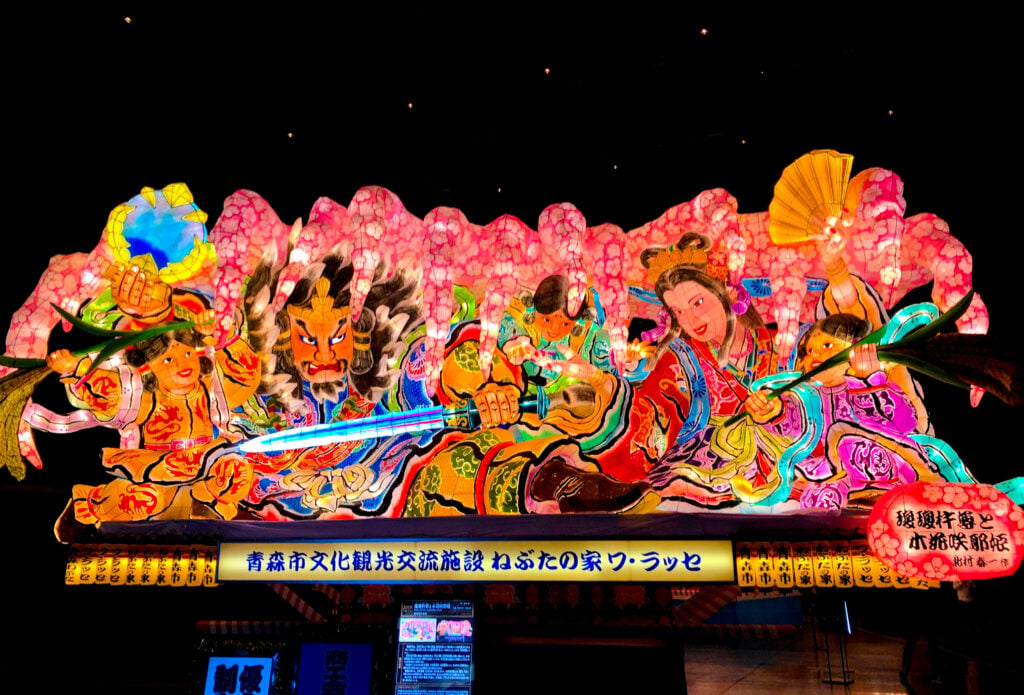Learning adverbs in Japanese is very useful if you want to become better at expressing yourself. But what is an adverb and what adverbs are especially useful to learn?
In this article we will look at what an adverb is, list our top six most useful adverbs, and learn how to create adverbs from adjectives! Sound interesting? Let’s go!
What is an adverb?
An adverb (副詞 fukushi) is a word that modifies either an adjective, a verb or another adverb. Most often adverbs are placed in front of the word they are describing.
For example in the sentence “A very hot summer” (とても暑い夏 totemo atsui natsu), the word “とても” (totemo, very) describes the word 暑い(atsui, hot).
Why is it so important to learn adverbs?
Learning adverbs in Japanese is very useful because it grants you the ability to express yourself more flexibly. For instance, imagine that your friend asks you whether you are going on Takeshi’s party:
週末、たけし君のパーティーに行く?
Shūmatsu, Takeshi-kun no pātī ni iku?
Are you going to Takeshi’s party this weekend?
You think that you can make it, but are not completely sure yet. However, by knowing adverbs you have now unlocked usage of words such as “probably” and can express yourself like:
うん、たぶん行けるよ。
Un, tabun ikeru yo.
Yeah, I can probably make it.
There are a lot of useful adverbs in the Japanese language, and it’s recommended to memorize as many as possible. To get you started we have handpicked and listed six very useful ones below!

Six useful adverbs in Japanese
ちょっと (chotto)
Meaning: a small amount, or short period of time
ちょっとお手洗いに行ってくる。
Chotto otearai ni ittekuru.
I’ll just quickly go to the bathroom
The adverb ちょっと is interesting as it can be used in a variety of ways. Most commonly though, it’s used as a filler word with the nuance of “a small amount or short period of time”. It’s also commonly used in questions such as:
すみません、ちょっといいですか。
Sumimasen, chotto ii desu ka.
Excuse me, do you have a second?
ちょう/めっちゃ (chō/meccha)
Meaning: very, extremely, super
*This is informal language! It’s recommended to instead useとても (totemo) towards strangers, teachers, or your boss.
この寿司はめっちゃうまい!
Kono sushi wa meccha umai!
This sushi is super delicious! (umai = oishii but informal)
The difference between ちょうand めっちゃ is that ちょう is more prominent in the Kantō area of Japan (Tokyo) while めっちゃ is used frequently in the Kansai area (Osaka and Kyoto). Both share the same meaning of “super/very” and are often heard in daily conversation.
よく (yoku)
Meaning: often, well
夜はよく日本語を勉強しています。
Yoru wa yoku nihongo o benkyō shiteimasu.
In the evenings I often study Japanese.
よく can also mean “well”. This yoku is actually a conjugation of the word いい (good) and can be used as in the following sentence:
残念だけど、よく頑張った。
Zannen da kedo, yoku ganbatta.
It’s unfortunate, but you fought well.
あまり (amari)
Meaning: not so often, not so much
すみません、あまり分かりませんでした。
Sumimasen, amari wakarimasen deshita.
I’m sorry, I didn’t quite understand.
It’s important to be aware that the adverb あまり can only be used together with a negated verb or adjective.
全然 (zenzen)
Meaning: not at all, completely
朝の6時に起きても全然眠くなかった。
Asa no roku ji ni okitemo zenzen nemukunakatta.
Even though I woke up at six in the morning, I wasn’t sleepy at all.
Originally, the word 全然 was only used in negated sentences, like あまり is. However, nowadays this has changed and it’s nowadays common to use 全然 with the meaning “completely” in a non-negated sentence such as:
全然大丈夫だよ。
Zenzen daijōbu da yo.
It’s completely fine.
ちょうど (chōdo)
Meaning: just, exactly
Finally, we have the adverb ちょうど, which means “just” as in “just right” or “just the right amount” and so on. Here are some example sentences:
ちょうど今学校に着きました。
Chōdo ima gakkō ni tsukimashita.
I arrived at school just now.
ちょうど1000円が残っています。
Chōdo sen en ga nokotteimasu.
I have exactly a thousand yen left.
How to create adverbs from adjectives
Finally we would like to give you a tool so that you can create your own adverbs. It’s not too complicated. First you pick an adjective. Let’s give you a couple of examples to start off with:
たのしい (tanoshī – fun)
すごい (sugoi – awesome)
げんき (genki – energetic, healthy)
はやい (hayai – fast, early)
きれい (kirei – tidy, clean, beautiful)
しずか (shizuka – quiet)
The next step is to identify if the adjective ends on an い or something else. If it ends on an い, it’s a so-called い-adjective and is conjugated as such: い → く
For example: はやい (fast) → はやく (quickly).
You can then build sentences such as:
猫ははやく走っています。
Neko wa hayaku hashitteimasu.
The cat is running quickly.
If the adjective ends with something other than い, the word is a so-called な-adjective. In this case, simply add に after the word instead.
For example: しずか (quiet) → しずかに (quietly).
You can then build a sentence such as:
彼はしずかに映画を観ている。
Kare wa shizuka ni eiga o miteiru.
He is quietly watching a movie.
Disclaimer: there are a few exceptions to the rule. For example, the common words きらい (kirai, to dislike) and きれい (kirei, clean/beautiful) despite ending on い are not い-adjectives and are therefore conjugated by adding a に. As you learn the language, you will pick up more of these exceptions.
We have briefly discussed adverbs in Japanese and how they are used, as well as some commonly used ones that are useful to remember. Do you know any additional adverbs that you want to introduce? Feel free to comment below!
If you are interested in learning Japanese or are interested about life in Japan and Japanese culture and history, make sure to follow our blog!













